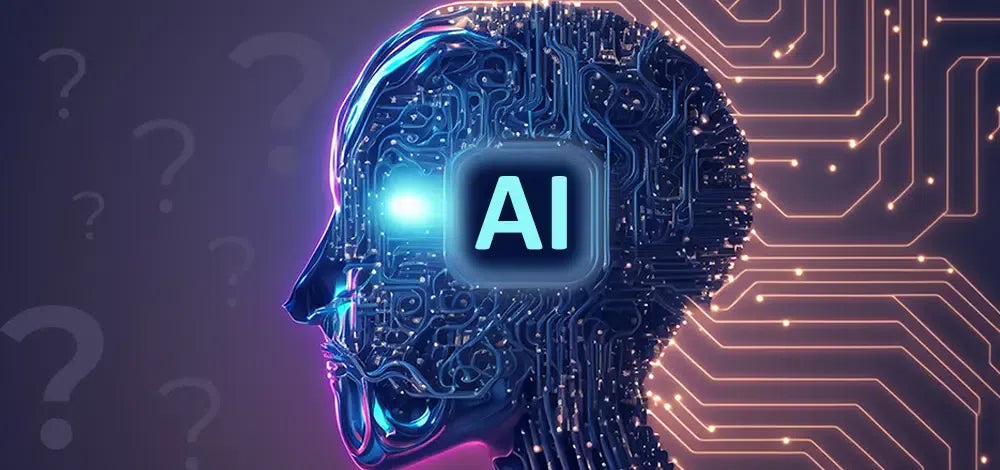In the realm of technological innovation, two groundbreaking advancements have been making waves: Artificial Intelligence (AI) and Solid-State Drives (SSDs). While seemingly unrelated at first glance, these two technologies share a profound relationship that is shaping the landscape of computing and storage. In this blog, we delve into the intricate interplay between AI and SSD, exploring how they complement each other and jointly drive progress in various fields.
1. Enhanced Performance:
SSDs have revolutionized storage by replacing traditional hard disk drives (HDDs) with faster, more reliable, and energy-efficient alternatives. Their lightning-fast read and write speeds significantly reduce data access times, facilitating quicker data processing. AI algorithms, on the other hand, thrive on vast amounts of data for training and inference tasks. The high-speed data retrieval capabilities of SSDs provide the necessary infrastructure for AI systems to crunch through massive datasets swiftly, leading to enhanced performance and efficiency.
2. Optimized Workflows:
AI applications, such as machine learning and deep learning, often require iterative processes involving extensive data manipulation and model training. SSDs excel in handling random access patterns, enabling rapid retrieval and modification of data crucial for these iterative workflows. By seamlessly integrating SSDs into AI infrastructure, organizations can streamline their data pipelines, minimizing latency and maximizing throughput. This optimization not only accelerates AI development but also enhances real-time decision-making in various domains, including healthcare, finance, and autonomous systems.
3. Scalability and Flexibility:
The scalability of both AI and SSD technologies is paramount in addressing the evolving demands of modern computing. AI models continue to grow in complexity and size, necessitating scalable storage solutions to accommodate burgeoning datasets. SSDs offer superior scalability compared to HDDs, with options ranging from consumer-grade drives to enterprise-level storage arrays. This scalability empowers AI practitioners to scale their infrastructure dynamically, catering to fluctuating workloads and resource requirements. Additionally, SSDs' compact form factor and low power consumption make them ideal for deployment in edge computing environments, where AI inference tasks demand both agility and efficiency.
4. Future Innovations:
As AI and SSD technologies continue to evolve, their synergy paves the way for groundbreaking innovations. Emerging trends such as edge AI, federated learning, and AI-driven storage management leverage the combined strengths of AI and SSD to unlock new capabilities and address complex challenges. For instance, AI-powered storage optimization algorithms can intelligently distribute data across SSDs based on access patterns and usage metrics, maximizing performance and prolonging drive lifespan. Similarly, edge AI applications leverage SSDs' low latency and high throughput to deliver real-time insights and decision-making at the network's edge, revolutionizing industries like smart manufacturing and autonomous vehicles.
In conclusion, the relationship between AI and SSD is not merely coincidental but rather symbiotic, driving mutual advancements and propelling us towards a data-driven future. By harnessing the power of AI-driven insights and SSD-enabled storage infrastructure, organizations can unlock new opportunities, accelerate innovation, and navigate the complexities of the digital age with confidence. As we continue to push the boundaries of technological possibility, the collaboration between AI and SSD stands as a testament to the transformative potential of interdisciplinary synergy.

